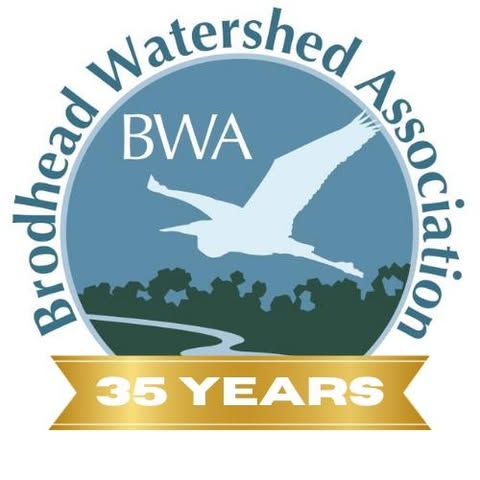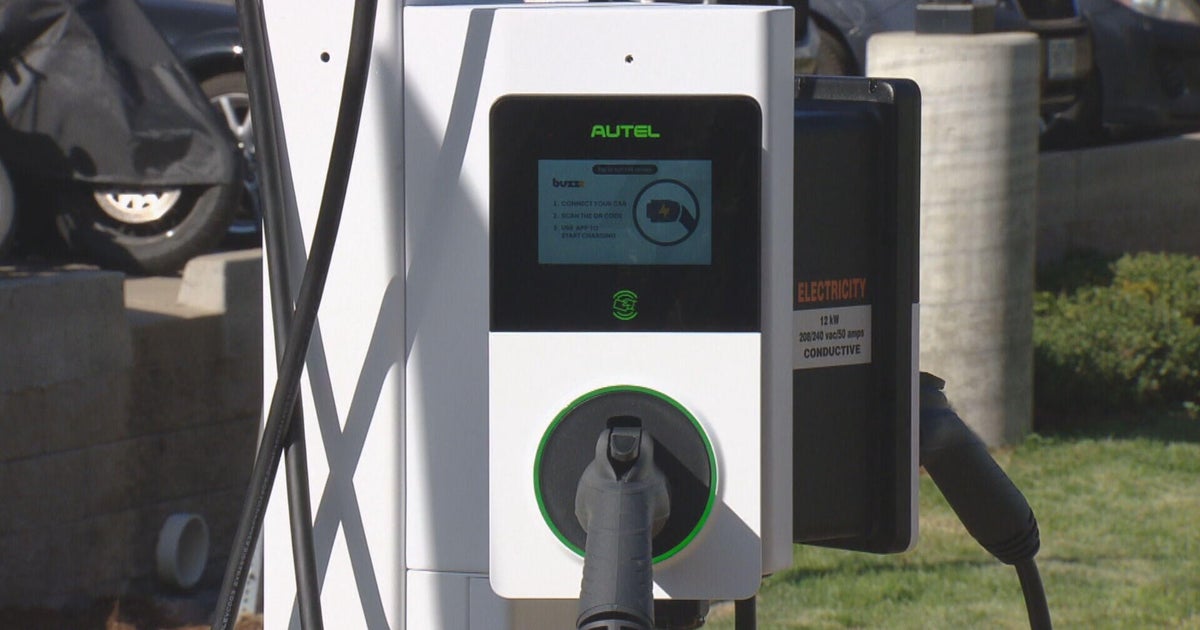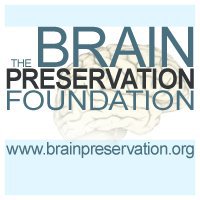
Brain Preservation Foundation
The BPF is a 501c3 nonprofit. We seek to advance the science, ethics, & practice of long-term preservation of human brains for brain banking and future revival. The central objective of the Brain Preservation Foundation is to promote scientific research and services development in the field of whole brain preservation for long-term static storage. Through outreach to appropriate scientific communities, online activities, presentations and articles, directed research grants, challenge prizes, and other methods, we seek to explore the scientific hypothesis of whether a reliable surgical procedure exists that is capable of preserving the neural circuitry of the human brain at nanometer scale.*Through the Brain Preservation Technology Prize, we aim to spur the scientific evaluation of such technologies as chemopreservation (aldehyde or other chemical fixation, often followed by "plastination") and cryopreservation (a process of chemoprotecting and "vitrifying" tissue for low temperature storage). The Prize seeks the development of an inexpensive and reliable hospital surgical procedure which verifiably preserves the structural connectivity of 99.9% of the synapses in a human brain if administered rapidly after biological death. Extending existing preservation techniques to whole brain volumes is essential to the scientific goal of mapping neuronal connectivity across an entire human brain – a goal that has been identified by the NIH and others as crucial to furthering of our knowledge of brain function - see for example the NIH’s Human Connectome Project. Furthermore, advances in neuroscience today strongly suggest that appropriately preserved brains will contain our memories, identity, and consciousness, and therefore preservation technology, when it arrives, will make such brains available for future reading of memories, or full revival if desired.To help people understand the value and implications of such technology, we also seek to advance public understanding of the self, of our brains as physical, chemical, and biological carriers of our "internal self", of our social relationships and environment as aspects of our "external self", and of our technologies as rapidly-improving carriers and extensions of both our internal and external selves.Should any brain preservation technology be proven to work, we will make every effort to help that technology become as affordable and legally available as possible, for use in hospitals, hospices, and homes around the world.Footnotes* In the types of electron microscopy neuroscientists commonly use (FIBSEM, etc.), preserved neural tissue can be visualized down to about a 6 nanometer resolution. This allows them to directly see each neuron's synapses and dendrites (connections to other neurons). This level of detail also includes the ability to image, directly and indirectly (via molecular probes), many elements of the "synaptome," the number and types of special proteins (vesicles, signaling proteins, cytoskeleton), receptors (Glutamate, etc.), and neurotransmitters (at least six types in human neurons) that are known to be involved in long-term learning and memory at each synapse in the brain, and elements of the "epigenome" (learning-based DNA methylation and histone modifications) in the nucleus of each neuron. It remains an open question in neuroscience exactly which features of the synaptome and epigenome need to be preserved to retain memory and identity in each species. But our knowledge of the molecular basis of learning and memory continues to rapidly grow, aided by exciting new neuroscience techniques (optogenetics, viral tagging, protein microarrays, etc.). Our ability to scan and verify is also rapidly improving. New types of electron microscopy, such as Cryo-TEM, can image at an amazing 3 angstrom resolution, 50 times greater magnification than FIBSEM, a scale where brain proteins and even individual atoms can be directly seen.Our current Brain Preservation Technology Prize is focused on the connectome, imaged at FIBSEM resolution. As neuroscience advances, we may learn that certain features of the synaptome and epigenome not presently observable by FIBSEM must also be preserved. In that case, the Brain Preservation Foundation will offer additional Technology prizes, and make use of other verification methods and even higher resolution imaging if necessary. Bottom line: As neuroscience continues to advance, BPF will do our best to help science to determine whether reliable and affordable protocols can be found to preserve those brain structures that give rise to our memories and identities, according to our best evidence to date.See brainpreservation.org for our full mission statement.

ICO
273585957
1400
X (Twitter)
1638
Traffic
1938657
The Brain Preservation Foundation 3 min Explainer Video The Brain Preservation Option BPF Video Series Episode 1 of 8 Opening Statement Our Mission The Brain Preservation Foundation is an American nonprofit organization founded in 2010 with the goal of promoting validated scientific research knowledge and technical services development in the field of whole human brain preservation for longterm static storage. We also work on the accessibility affordability and sustainability of brain preservation procedures and technology and provide scientific and public education on topics such as the neural foundations of learning and memory brain preservation scanning techniques and whole brain emulation mind uploading. A 21st Century Vision Given recent advances in neuroscience we believe brain preservation for individuals at the end of life can soon become a very affordable accessible valuable sustainable and socially beneficial bridge to living on with all of our friends and loved ones who make the same personal choice. We are in no way advocating that this is a choice everyone might want to make.
From Social media
News about from their social media (Facebook and X).
Data about organisation
Neurology, Neuroscience Category
Organisations with similar rank to Brain Preservation Foundation in category Neurology, Neuroscience
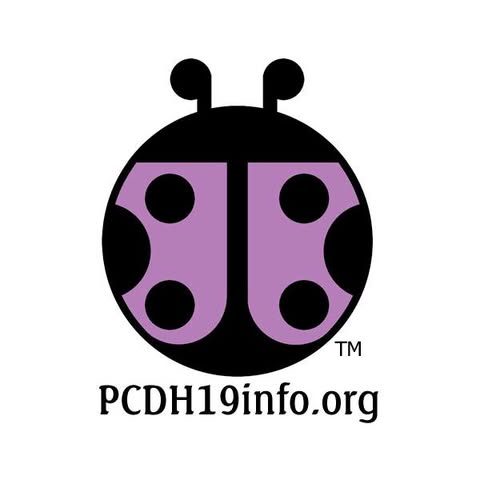
Our mission is to improve the lives of children and families who are affected by PCDH19 Epilepsy.
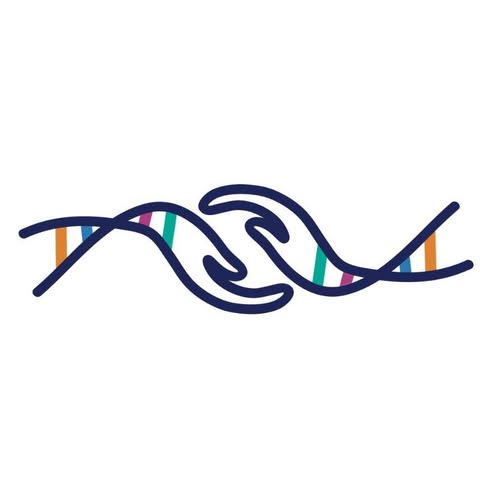
Cure LBSL, formerly known as A Cure for Ellie, is on a mission to support patients, raise awareness and find a cure for leukoencephalopathy with brainstem and spinal cord involvement and lactate elevation (LBSL).
Ashburn
Organisations from Brain Preservation Foundation

18. Association of School Business Officials International
Welcome to the official facebook page for the Association of School Business Officials International.

We are a Christian nonprofit in VA assisting the poverty-stricken Coptic Christians living in Egypt.

21. ARCOLA VOLUNTEER FIRE DEPARTMENT INC
We are a Volunteer Fire Department in south-eastern Loudoun County, Virginia, serving as part of the.

22. Missionary Families of Christ VA
MFC USA is a Catholic lay charismatic community on evangelization founded on family renewal.
Similar organisations
Similar organisations to Brain Preservation Foundation based on mission, location, activites.
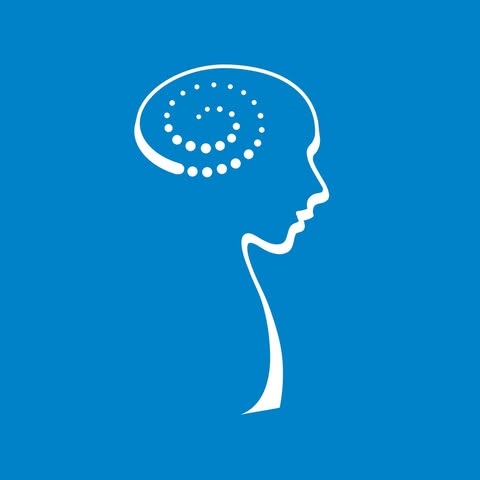
Alzheimer's Research Foundation, Fisher Center
The Fisher Center for Alzheimer’s Research Foundation is an organization that provides millions of dollars for novel Alzheimer’s research all over the world to investigate the latest, most promising research available.
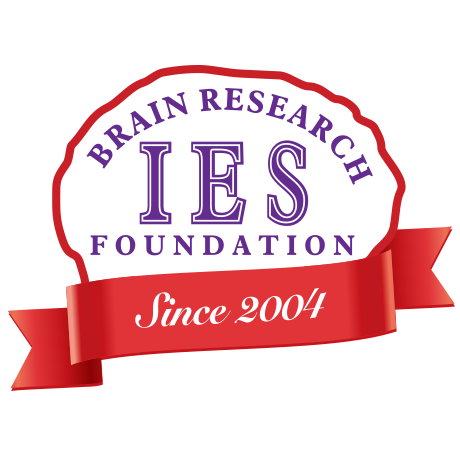
Irene & Eric Simon Brain Research Foundation Inc.
IES Brain Research Foundation encourages young scientists to enter the important field of brain research and focus public attention on the frequently overlooked area of basic research of the human brain.
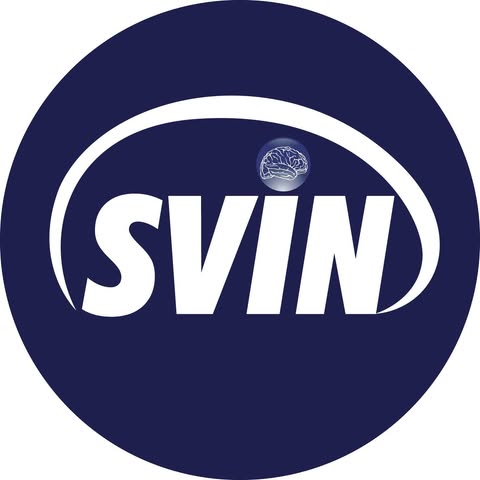
Society of Vascular and Interventional Neurology
SVIN is a society enabling great neurologists and interventionists to come together in order to help patients and advance our field.
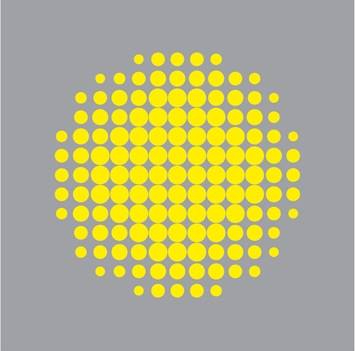
Hope for Depression Research Foundation
Hope for Depression Research Foundation (HDRF) is a 501 (c)(3) non-profit organization dedicated to.
Similar Organisations Worldwide
Organisations in the world similar to Brain Preservation Foundation.

If our brain breaks down, we break down.

WOMEN'S BRAIN HEALTH INITIATIVE (ca)
Raising funds for research and education to combat women's brain aging diseases.
Interesting nearby
Interesting organisations close by to residence of Brain Preservation Foundation

Project ALS is finding and funding a cure for ALS.

Society of Vascular and Interventional Neurology
SVIN is a society enabling great neurologists and interventionists to come together in order to help patients and advance our field.

BRIGANCE BRIGADE FOUNDATION INC
The Brigance Brigade Foundation works to equip, encourage, and empower people living with ALS.
Similar social media (3038)
Organisations with similar social media impact to Brain Preservation Foundation

103767. American Federation of Labor & Congress of Industrial Orgs
The Hudson Valley Area Labor Federation represents 113,000 union families across seven counties: Columbia, Dutchess, Greene, Orange, Rockland, Sullivan and Ulster.
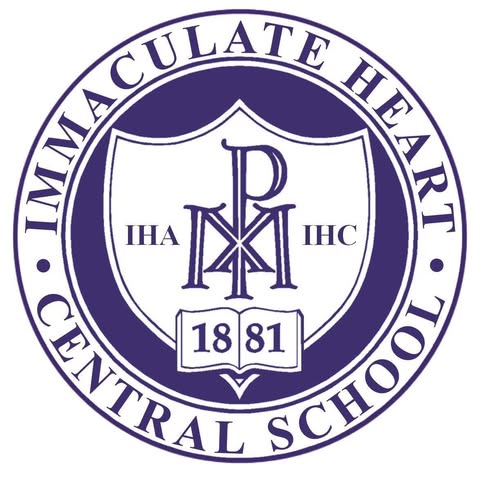
103771. Immaculate Heart Central School
Welcome to the official Facebook page of Immaculate Heart Central School.
Similar traffic
Organisations with similar web traffic to Brain Preservation Foundation

53428. Fine Arts Work Center In Provincetown, Inc.
A nonprofit dedicated to encouraging the growth and development of visual artists and writers.
Join us and make a difference for the future!
Sign Up
Please fill in your information. Everything is free, we might contact you with updates (but cancel any time!)
Sign in with GoogleOr
Good News
"Today, sports remind us of the beauty of competition and resilience! Portugal's incredible victory over the US women's team in Alex Morgan's farewell match is a testament to growth in women's football. Let's celebrate all teams striving for greatness! 🌍⚽ #WomenInSports #GoodNews"
Portugal beats US women's team for first time in Alex Morgan's farewell match - The Boston Globe
The Boston Globe
Like Comment🚗⚡ Exciting news for Denver! A new EV charging station has opened in the underserved Sloan's Lake community, making electric vehicle access easier for everyone. 🌍 Let's support green initiatives and keep pushing for sustainable solutions! #EV #Sustainability #CommunityEmpowerment
New electric vehicle charging station in underserved Denver community part of metro-wide expansion
CBS News
Like Comment




